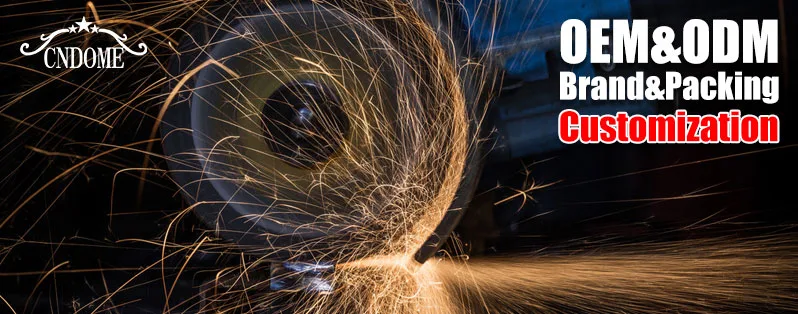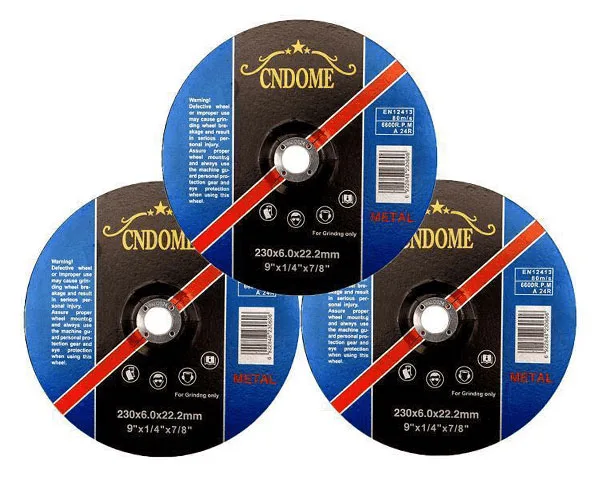Angle grinders are versatile power tools that have become indispensable in various industries and workshops. Whether you’re a seasoned professional or a DIY enthusiast, understanding the importance of grinding wheels for angle grinders is crucial. In this blog post, we’ll delve into the world of grinding wheels, exploring their types, applications, and tips for maximizing their effectiveness.
I. The Anatomy of Grinding Wheels:
Before we dive into the specifics, let’s unravel the anatomy of grinding wheels. These essential components consist of abrasive grains bonded together to form a disc. The abrasive grains vary in size, material, and bonding agents, influencing the wheel’s performance and suitability for different tasks.
1. Abrasive Grains:
- Aluminum oxide: Ideal for general-purpose grinding on various materials.
- Silicon carbide: Suited for tasks involving harder materials like stone, concrete, and non-ferrous metals.
- Zirconia alumina: Known for high performance and durability, suitable for heavy-duty applications.
2. Bonding Agents:
- Vitrified bonds: Provide excellent rigidity for precision grinding.
- Resin bonds: Offer versatility and are well-suited for tasks requiring flexibility.
- Metal bonds: Known for their durability, especially in high-heat applications.
II. Types of Grinding Wheels:
Understanding the diverse types of grinding wheels ensures you choose the right tool for the job.
1. Depressed Center Grinding Wheels:
Ideal for metalworking tasks, with a raised hub allowing for more flexibility in angle grinder positioning.
2. Cutting Wheels:
Specifically designed for cutting through materials like metal, concrete, and tile.
3. Flap Discs:
Combine grinding and finishing in one, offering versatility for various applications.
4. Diamond Wheels:
Reserved for the toughest tasks, such as cutting or grinding hard materials like concrete and masonry.
III. Applications:
Different grinding wheels cater to specific applications, so selecting the right one is crucial for achieving optimal results.
1. Metalworking:
- Use aluminum oxide wheels for general-purpose tasks.
- Opt for zirconia alumina or ceramic alumina wheels for heavy-duty metal grinding.
2. Concrete and Masonry:
Diamond wheels excel in cutting and grinding concrete and masonry surfaces.
3. Woodworking:
Silicon carbide wheels are suitable for shaping and smoothing wood.
IV. Tips for Maximizing Grinding Wheel Efficiency:
1. Safety First:
Wear appropriate personal protective equipment (PPE), including safety glasses, gloves, and a dust mask.
2. Choose the Right Wheel:
Select a grinding wheel based on the material and task at hand.
3. Inspect Regularly:
Check for any damage or wear on the grinding wheel before each use.
4. Proper Technique:
Maintain a proper angle and avoid excessive pressure to prevent overheating.
Conclusion:
Grinding wheels for angle grinders are indispensable tools that, when chosen and used wisely, can enhance your efficiency and precision in various tasks. By understanding the nuances of abrasive grains, bonding agents, and the different types of wheels, you can confidently select the right tool for the job, ensuring a smooth and successful grinding experience.



